

The decision of the
Serenissima Republica di Venezia to establish its domination in the island of
Crete was expressed not only by the immediate adoption of the system of
military colonization and the foundation of a severe administration but also by
an extent building program, which would meet the new conditions and promote the
domination of Venice in administrative and religious aspect. In this context,
Candia was supplied with new buildings for administration purposes, barracks,
merchandise and military warehouses, infrastructures for trade and ship
repairs, but also constructions suitable to fulfill the religious needs of the
catholic dogma, churches and monastic complexes of the catholic Orders that
settled on the island.
Of the
buildings of the early Venetian period only a few survived in Heraklion. A
large amount was lost due to the innumerous disastrous earthquakes. The
constant repair and rebuilding but also the rearrangement of the natural
terrain and the demolitions for the construction of the large defensive
enceinte of the 16th c. resulted to the loss of most of the older
buildings. The distortion of the Venetian urban infrastructure begun soon after
the Ottoman conquest in 1669. As a result of the additions and repairs due to
the new defensive, administrative, religious and domestic needs, new vast
seismic destructions and the conflagration that followed the last incident of
the Ottoman retreat from Crete, the massacre of the civilians in the 25th
of August 1898 in Heraklion, only a few part of the Venetian buildings survived
to the early 20th c. But the final
blow was given during the following decades, since the uncontrolled urban
development, the functionality interventions to the urban infrastructure, such
as the construction of new roads and the arrangement of open spaces, the rapid
and immune reconstruction -a result of
the constantly increasing urbanism-, but
also the non-acceptance of the monumental value of buildings connected in the mind of the inhabitants with the presence of conquerors,
resulted to the demolition of an important amount of the surviving constructions.
 | 1. Heraklion, Rabdh el Khandaq, Chandax, Candia, Megalo Kastro The adventure of a city | |
|---|---|---|
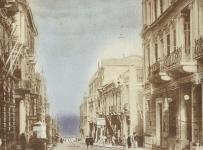 | 1.1 Candia under the Venetian occupation | |
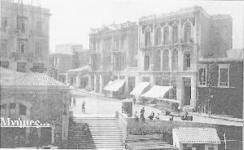 | 1.2.1 Ruga Magistra (Maistra) | |
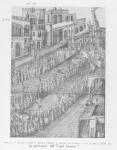 | 1.2.2 The Ducal Palace | |
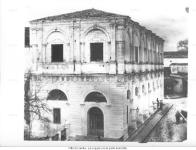 | 1.2.3 The Venetian Loggia | |
 | 1.2.4 The Warehouse for the Cereals (Fondaco) | |
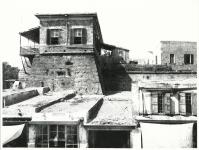 | 1.2.5 The Gate “Voltone” | |
 | 1.3 The orthodox churches | |
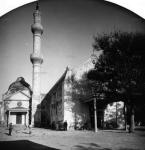 | 1.3.1 St. Catherine of Sinai | |
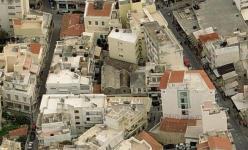 | 1.3.2 Saint Anastasia | |
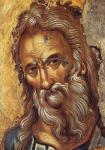 | 1.3.3 The Church of St. Mathew, dependency of Sinai | |
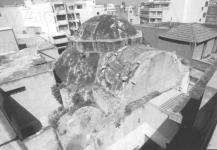 | 1.3.4 St. Onouphrios | |
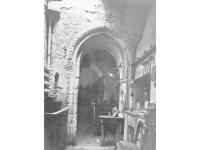 | 1.3.5 Virgin of the Angels (Santa Maria degli Angelis in Beccharia) | |
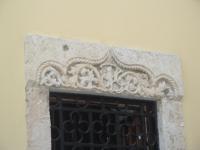 | 1.3.6 Church of the Virgin Pantanassa (southern aisle of the old Metropolis / old church of St. Menas) | |
 | 1.4 The Latin Churches | |
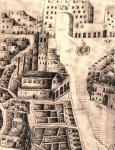 | 1.4.1 The basilica of St. Marc (ducal church) | |
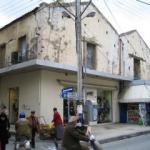 | 1.4.2 The church of Saint John the Baptist | |
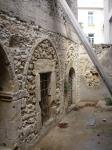 | 1.4.3 Saint Paul of the Servites (Servants of Mary) | |
 | 1.4.4 The monastery of St. Francis of the Franciscans | |
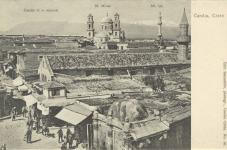 | 1.4.5 Santa Maria di Piazza (Madonina) | |
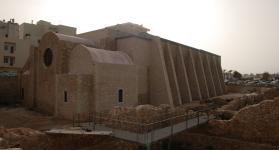 | 1.4.6 The Monastery of St. Peter of the Dominicans | |
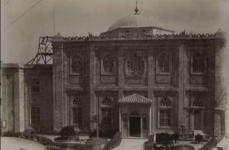 | 1.4.7 The Church of St. Titus (Latin Archdiocese) | |
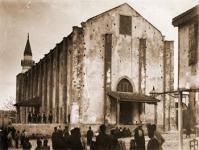 | 1.4.8 The church of San Salvatore | |
 | 1.5 The fountains and hydraulic works | |
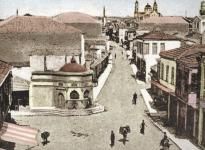 | 1.5.1 The Fountain of the Ruga Panigra (Strata Larga) | |
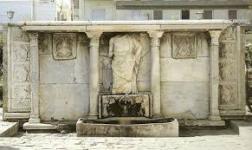 | 1.5.2 The Bembo fountain | |
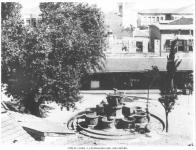 | 1.5.3 The Morozini Fountain | |
 | 1.5.4 The Priuli fountain | |
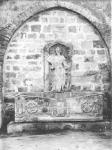 | 1.5.5 The Sagredo fountain |